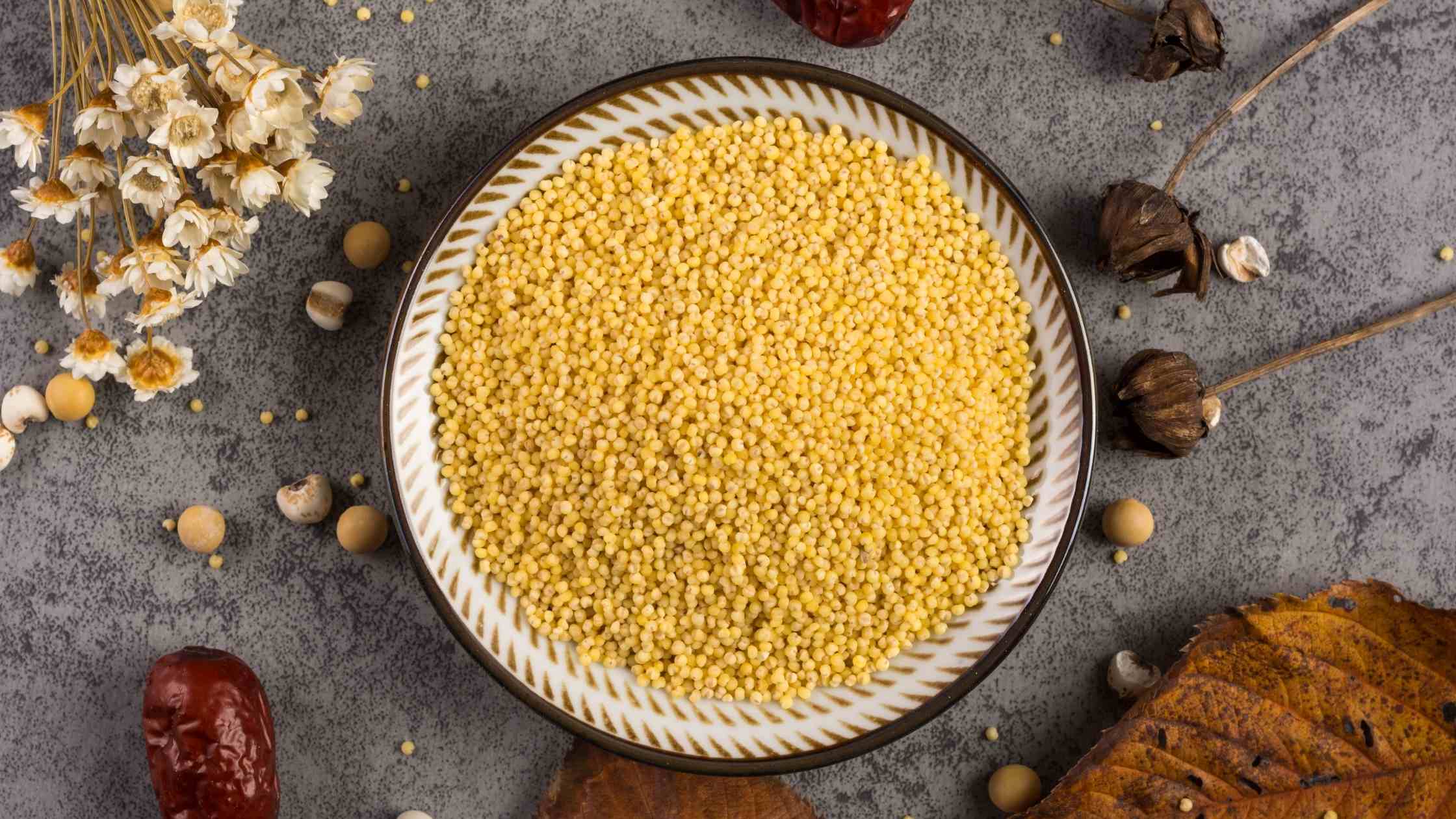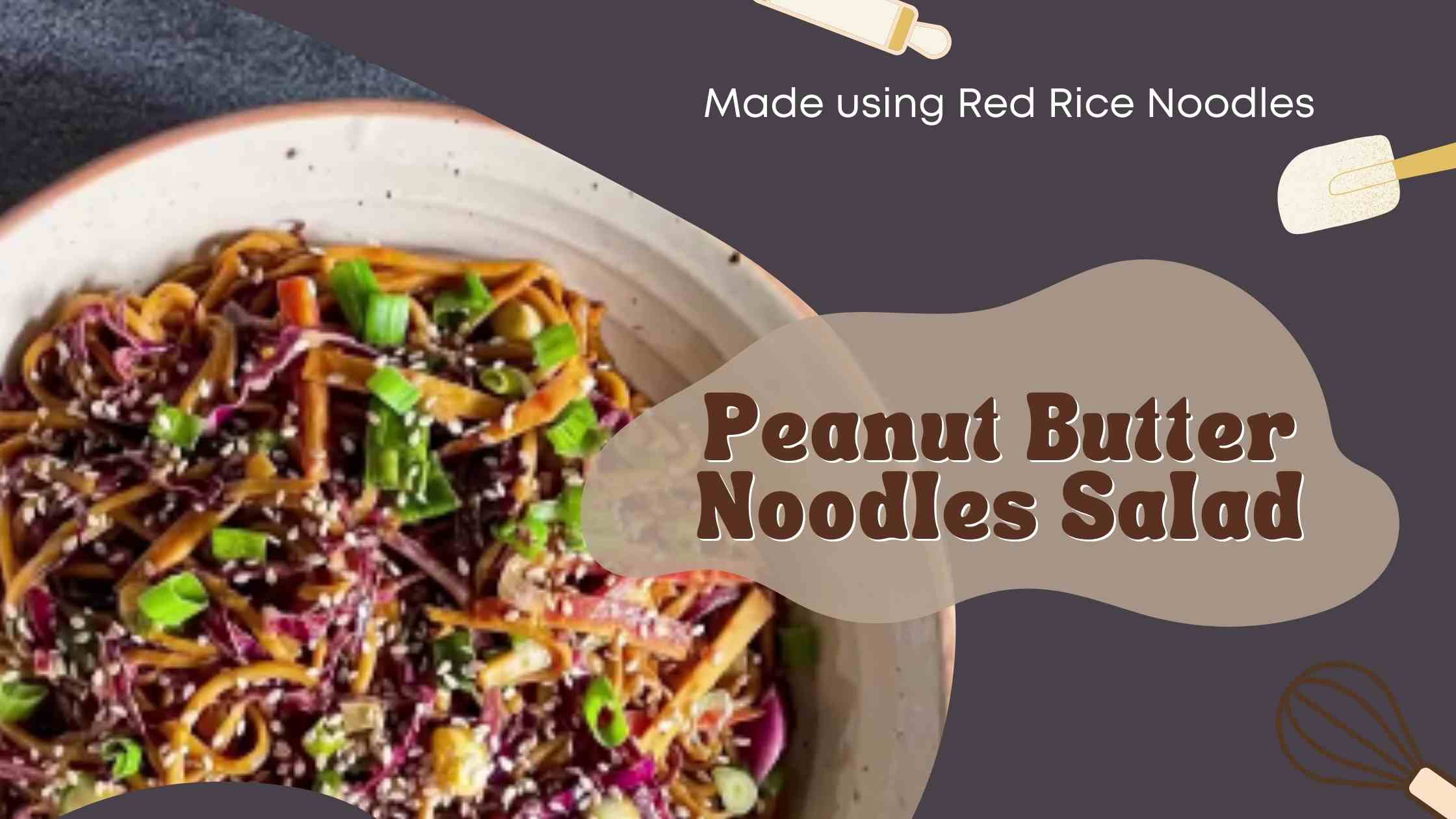Managing Diabetes with a Low GI Diet

What’s GI diet and how’s it correlated with diabetes?
I’m sure an array of questions would have come to your mind on reading this! Thus, to clear out all your dilemmas and enlighten the reader on diabetes management, this article explains the concept in simpler terms.
Recently people are more concerned about their health and show immense interest in understanding newer concepts. When it comes to diabetes, they’re curious to know about many terminologies, one of them is GI - ‘Glycemic Index’ and its importance in blood sugar control.
Let’s hop on, for the ride on low GI diet and its role in managing diabetes.
Diabetes:
A disorder that prevents the body from utilizing glucose completely or partially. In other terms, the body does not produce insulin or does not use it efficiently.
Insulin, a hormone made by the pancreas, helps glucose from food get into your cells to be used for energy.
Let’s Understand the Glycemic Index (GI):
The glycemic index (GI) is a ranking of foods based on the digestion of the carbs by their effect on blood glucose levels.
The GI measures how quickly the carbohydrates in foods gets converted into glucose and how much specific food increases your blood sugar levels.
Carbohydrates from different foods lead to various blood glucose response, depending on the types of carbs consumed.
The GI of a food is calculated as follows;

Glycemic index of foods helps to fine-tune your carb-counting while planning your meals, thus keeping blood sugar levels under control.
What’s carb counting?
Food provides energy through nutrients as required for the body. The major nutrients, contributing calories, are carbohydrates, proteins and fat.
Carbohydrates have the greatest short-term impact on your sugar levels more than protein or fat.
The amount of carbohydrates you eat determines your blood glucose level and it depends on the individual needs.
The recommended number of servings is based on your weight, activity, diabetes medications, type of insulin and the goals set for your blood glucose levels.
Still, be watchful about the quality of carbs you eat while keeping the quantity in check.
Carbohydrate counting is a meal planning approach used to manage diabetes, which helps you to choose what and how much to eat.
How to select low GI foods?
High GI foods lead to an immediate spike in blood glucose levels while low GI foods get digested slowly to give a sustained glucose release, without causing sudden spikes in the blood sugar levels.
The following table represents the glycemic index of common foods;
|
Low GI (< 55) |
Moderate GI (55-70) |
High GI (> 70) |
|
All bran & rolled oats |
Whole wheat bread & roti |
White bread |
|
Barley |
Beetroot |
Cornflakes, puffed rice |
|
Rajma, lentils, Bengal gram, black gram, green gram, soybean |
Jowar, bajra |
Glucose |
|
Sweet potato, non-starchy vegetables, carrots, corn |
Beetroot |
Mashed potatoes, pumpkin |
|
Apple, pear, orange |
Pineapple, papaya, mango (depends on ripeness) |
Melons, dates |
|
Curd (plain) |
|
Rice cakes, popcorn |
|
Chicken, fish |
|
|
|
Parboiled rice |
Quinoa |
Instant oat-meal |
It is important to note that all foods low in GI need not necessarily be healthy.
Consumption of low GI foods can help in the prevention and management of type 2 diabetes and reduces the complications associated with diabetes, such as cardiovascular diseases and obesity.
Beat Diabetes with low GI diet:
- Consuming low-glycemic foods in combination with carbohydrate counting (how much carbs?) and portion size (variety) ease diabetes management.
- Not just glycemic index, the nutrient content of foods also matters while planning meals for diabetes. As the glycemic index of foods varies depending on the following factors,
- Cooking method & time
- Resistant starch
- Particle size
- Food form
- Storage
- Fruits (ripeness)
- Food order
- Acidity
- The blood glucose response differs based on the glycemic content of foods. Therefore, to manage diabetes – it’s necessary to monitor your blood sugar before and after eating the particular food.
Balance the effects of high GI food by pairing it with low GI food.
For example: Choose protein and fibre rich foods (pulses, legumes, whole grains, vegetables & lean meat) to control your blood sugar levels.
How to plan a low GI menu?
- Focus on a balanced diet with measured amounts of low or medium glycemic foods.
- Practice food diary concept and note down the carbohydrate-rich foods you are eating often and try to swap those foods with low or medium GI foods, to maintain the blood sugar level.
Select low GI foods based on your needs and preferences. Here is a 1 day sample menu.

The serving sizes depend on the caloric needs of the individual and the choices may vary based on the meal timings and dietary preferences. Consult a qualified dietitian to plan your meals with low glycemic foods to manage diabetes.
Sugary Glimpse!
- The diabetes management aims to normalize blood glucose levels since improved blood glucose control is associated with a reduction in chronic diabetes complications.
- Always include whole grains, legumes, unprocessed foods (broken wheat, millets and barley) and pulses in your diet.
- Low-glycemic diet for diabetes could minimize medications, lessen the risk of diabetic complications, improve the quality of life and increase the life expectancy.
ABOUT THE AUTHOR

Indu Vaishnavi R, Dietician





useful and effective article.
thanks all for your valuable feedback!
Good info! 👍👏
learnt new concepts in diabetes! Thanks :)
Very informative, thanks for educating new terminologies in simple ways!